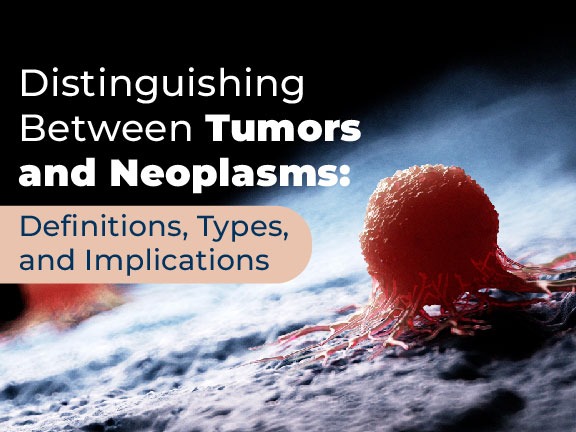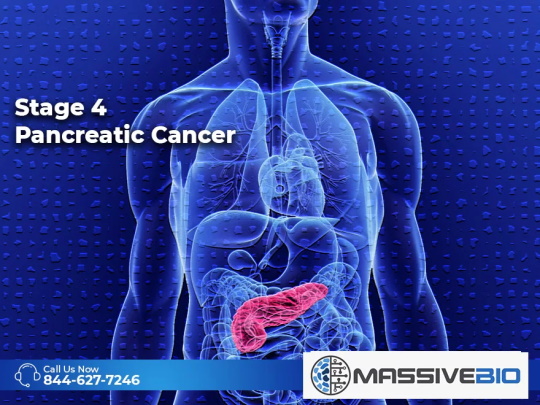Chronic Lymphocytic Leukemia vs Multiple Myeloma
As of 2022, there are more than one hundred types of blood cancers scientists have discovered. The general classification among these diseases is based on the starting location of cancerous cells. And the basic classification gives us three main groups: lymphomas (starting in the lymphatic system), leukemias (starting in the bone marrow and other blood-forming cells), and myelomas (starting in the plasma cells).
Although both chronic lymphocytic leukemia (CLL) and multiple myeloma are types of blood cancers, they have certain differences that set them apart, such as the genetic risk factors, symptoms, and survival rates. They also require different treatments. In this article, we will compare these two diseases, and try to answer the most asked questions regarding them.
What Is Chronic Lymphocytic Leukemia?

Chronic lymphocytic leukemia is a blood cancer and is a type of non-Hodgkin’s lymphoma. It is one of the most common types of leukemia among adults, CLL has a slow-growing (indolent) nature. When a disease is indolent, the patients might go on for years without presenting any symptoms or requiring any treatments, and that is what gives this disease its “chronic” character. Although very common, a cure for this disease has not been developed yet.
Chronic Lymphocytic Leukemia starts in B-cells, a type of white blood cell located in the bone marrow. The white blood cells’ main function is to help the body fight infections and diseases. The presence of CLL causes white blood cells to overgrow in the bone marrow and prevents the blood from creating healthy cells to fight infections. Because of the B-cell overpopulation, enough red blood cells and platelets (both other types of blood cells) cannot be produced, which eventually causes anemia and easy bleeding.
What Is Multiple Myeloma?
Myeloma is a type of blood cancer that starts in plasma cells, a specific type of white blood cell, also called plasmacyte. Plasma cells are the type of B-cells that are activated when an infection occurs, and they help fight infections by creating antibodies that recognize and attack germs. The antibodies produced for this purpose by plasma cells have various names such as monoclonal immunoglobulin, monoclonal protein (M-protein), M-spike, or paraprotein]. When myeloma occurs, the plasma cells reproduce hastily and create ineffective antibodies which weaken the immune system. Although these cancerous plasma cells accumulate in the bone marrow, they do not form an observable physical presence such as a lump. What they do instead is damage the bone marrow and disrupt the production of healthy blood cells. When cancerous plasma cells appear in more than one part of the body, it is called multiple myeloma. It is the most common type of plasma cell tumor.
What Is the Difference Between Chronic Lymphocytic Leukemia and Multiple Myeloma
What CLL does to the patient’s body is lead to the overproduction of cancerous B-cells and prevent the production of other healthy blood cells. Multiple myeloma, on the other hand, starts in the plasma cell (a type of white blood cell), causes the plasma cells to multiply rapidly and to produce futile antibodies which leads to a weakened immune system.
There are also differences in terms of risk factors:
| Chronic Lymphocytic Leukemia | Multiple Myeloma | |
| Average Age of Diagnosis | 70 | 70 |
| Family History | Increases the risk by 5 to 7 times | Doubles the risk |
| Sex | Males | Males |
| Race / Ethnicity | North American / European | African orient |
| Weight | – | Increases the risk |
| Chemical Exposure | Exposure to Agent Orange or insecticides may increase the risk | Exposure to radiation may increase the risk |
| Alcohol / Tobacco | Tobacco use increases the risk | Alcohol increases the risk |
In terms of survival rates, both diseases present a longer life span than other types of blood cancers when treated. The five-year survival rate for CLL is a little above 87 percent, while it is about 60 percent for multiple myeloma.
Can You Have CLL and Multiple Myeloma?
Having both diseases at the same time is a rare occasion. According to a study published in Blood Cancer Journal in 2018 presenting the genetic relations between CLL and multiple myeloma, 10 gene locations were identified that increased the risk of having both.
Can Multiple Myeloma Turn into CLL?
Recent studies show that CLL and multiple myeloma have common genetic elements. But there is no evidence indicating that multiple myeloma can turn into CLL or vice versa.
What Are the Common Symptoms?
As both diseases intervene with the healthy functioning of the white blood cells, specifically the B-cells, the first noticeable symptom occurs in the blood. They both cause low blood counts which lead to common symptoms such as shortness of breath, dizziness, weakness, excessive bleeding and weakened immunity against infections.
Secondly, both diseases start in the bone marrow, which naturally causes bone problems such as fractured bones, weakness, and bone pain.
Another common symptom is hypercalcemia, which is defined as a situation where there is too much calcium in the bloodstream. Although more common among multiple myeloma patients, some patients with CLL may also experience this situation. Symptoms related to hypercalcemia are extreme thirst and dehydration, cramping, constipation and abdominal pain, muscle pain and overall weakness, kidney problems, and confusion.
In advanced stages, patients suffering from both diseases might experience serious kidney damage. And the general problems kidney damage usually causes are kidney failure, swollen legs, shortness of breath, itching, weakness, and electrolyte disorders.
What Are the Common Treatment Options?

Even though they are classified as different types of diseases, similar approaches might be pursued in treating both CLL and multiple myeloma, while some cases are treated as well as separate solutions. Here are the common treatment options preferred:
Watchful waiting: In the case that the patient does not present any symptoms, the doctors usually prefer watching them closely through regular tests and examinations, rather than starting a treatment.
Blood transfusions to treat anemia: Both CLL and multiple myeloma cause anemia, due to the overpopulated white blood cells in the blood. To treat this and related side effects, blood transfusions are performed.
Immunotherapy: Also called biological therapy, immunotherapy aims to strengthen the body’s defense mechanism against cancer. Some side effects might occur in immunotherapy such as skin reactions, eight changes, diarrhea, and flu-like symptoms.
Chemotherapy: The chemotherapy treatment can be applied either by receiving the chemotherapy drug orally or by injection. There can be only one drug as well as a combination, and the dosage can be adjusted according to the stage the disease has developed to.
Radiation therapy: The basic aim of radiotherapy is to minimize the size of the cancer cells with x-rays or protons. This method is usually preferred when the patient does not suffer so much bone pain or chemotherapy cannot be performed.
Stem cell transplant: Since both diseases steal from the body’s own power to fight against infections, which is called the immune system, a stem cell transplant might be performed to help the body recover. Stem cells are collected from the patient before chemotherapy is performed to kill the cancerous cells. After the chemotherapy, the patient is injected with the collected cells. They are expected to attack any remaining cancer cells as well as increase the immune system in general.
Sources:












